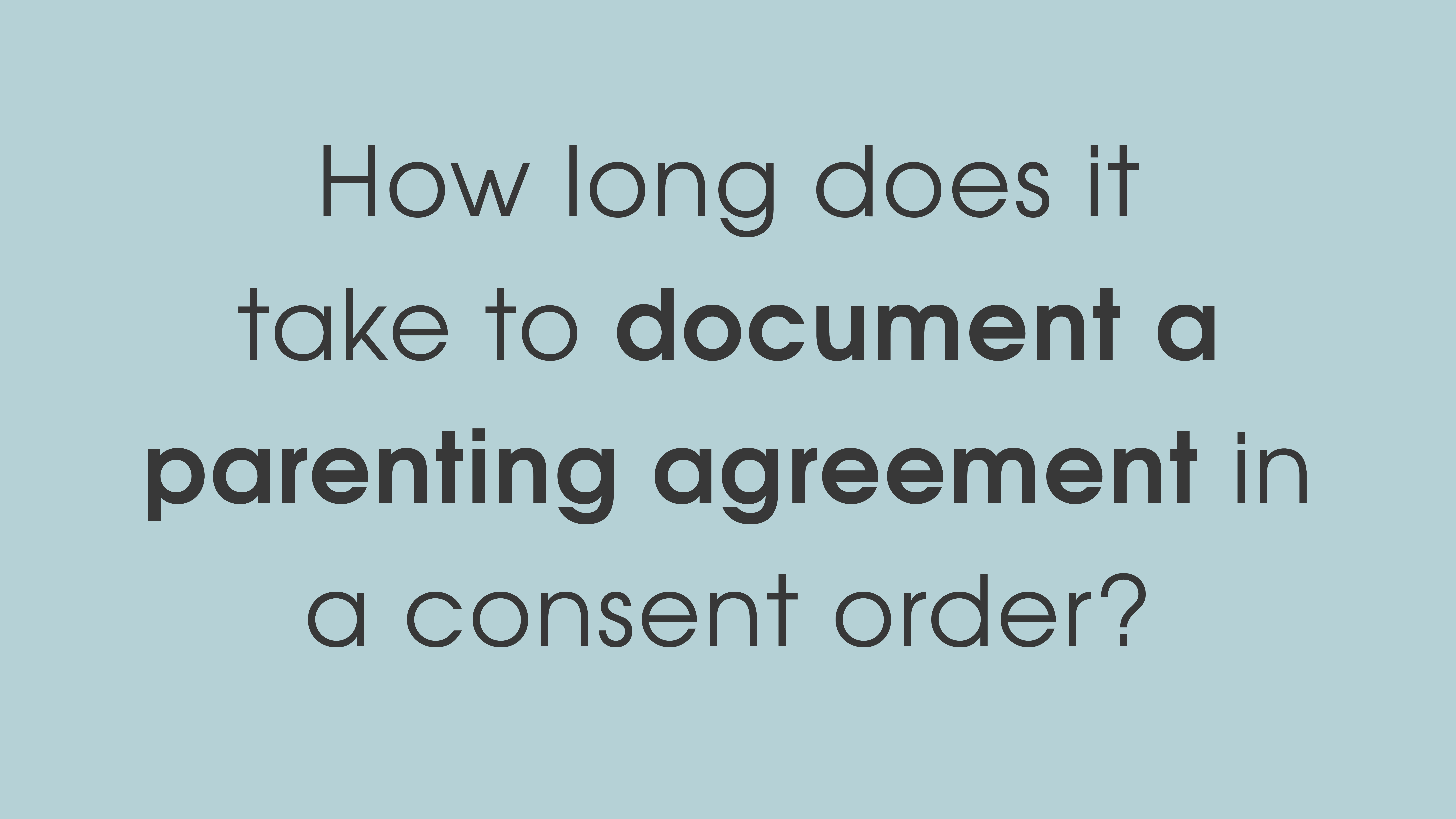5 stages of a divorce application

The word divorce can be seen as an all-encompassing term to describe the separation process. ‘I’m getting a divorce’, ‘my cousin Max is getting divorced’. A lot of lawyers also describe themselves as a ‘divorce lawyer’.
Technically, however, an application for divorce is an administrative application to the court to formally end your marriage on the record; the application results in a divorce order. In the same way that you received a marriage certificate when you marry, you receive a divorce certificate once your divorce order has become final. In this section a divorce order is referred to as a divorce.
Applying for a divorce is totally separate from a parenting or property matter. It does not impact in any way your parenting arrangements for your children. It may impact your property settlement in certain circumstances.
There are 5 key stages to the divorce process.
1. Separation
You can apply for a divorce one year and one day after you formally separate from your husband or wife. You must have lived separately and apart for a period of at least 12 months, with no reasonable likelihood of a reconciliation. You must have either agreed on a separation date or clearly communicated to your spouse that you consider the marriage to be over.
If you have lived separately for at least 12 months, the process is relatively easy. Where you have lived under one roof but separately, or where you have gotten back together and separated again, there will be some extra documents you need to prepare. You might also need to get some advice from a lawyer about this. The easiest thing to do, of course, is to just wait until you have actually been living apart for 12 months. Obviously there might be some circumstances where that isn’t possible, so seeking advice on this point from a lawyer is key.
2. Lodge your application
Over time the process for applying for a divorce has become more refined and streamlined. The Federal Circuit Court of Australia (the court responsible for divorce applications) now runs entirely electronic court files for divorce applications. You cannot to go to the court registry to file an application for divorce in person. Applications are lodged online through the Commonwealth Courts Portal. Any supporting documents are uploaded through the Portal.
Before you file your divorce application you need to consider whether you are making the application on your own, or whether you and your spouse agree to make a joint application.
There are some benefits to a joint application that you need to consider:
- If you make a joint application, you do not need to go to court on the hearing date. On the hearing date, the court will check the application and, provided you have complied with the administrative requirements, grant your divorce order.
- You may be able to share the fees associated with filing the application with your former partner.
- You don’t have to arrange to serve (provide a copy of) the divorce application on your spouse. (We’ll discuss more about what it meant by service below.)
The filing fee to apply for a divorce is $865. If you have a Centrelink concession card such as a pensioner concession card or health care card, you can seek a reduction of the fee to $290. If you are making a joint application, both parties must have a concession card to take advantage of the reduced filing fee.
In comparison, if you are making a sole divorce application:
- At the time of lodging your application you will be allocated a hearing date. This is typically 8–12 weeks from the time you lodge the application.
- Once you have lodged the application, you will need to arrange to serve (provide a copy to) your spouse.
- Service must occur 28 days prior to your hearing date.
- If you have children, you must attend at court on the hearing date.
- If you don’t have children, and you have lodged your affidavit proving service, you don’t have to go to court on the hearing date.
3. Serve your application on the other party
Service is one of those legal terms which can be quite confusing. It is very different, for example, from the service you might receive at a store or a nice restaurant. For applications to proceed before the court, they usually must be personally served on the other party. So what is personal service?
Service involves your court application being given to the other party. This is usually undertaken by a third party, either someone you know or someone whose job it is to serve documents such as a service agent. The documents are personally handed to the other person by that third party – not by you.
Alternatively, the court allows you to post a copy of the divorce application to the other party, but they must sign a form which confirms they received the application.
For an application to proceed, you must prove to the court that the court documents have been personally given to the other party. The court will not make an order about another party if that party isn’t aware of the application (there are some rare exceptions that aren’t relevant to a divorce).
Once the application has been given to the other party, the person who served the documents for you must prepare an affidavit setting out the documents which were provided, either confirm that they knew or identified the person, and have them sign an acknowledgement confirming they received the documents.
In some circumstances, the party receiving the documents does not want to receive them or is being deliberately difficult. The person physically serving the application can still carry out their task by placing a copy at the foot of the other party and explaining the documents that are being presented to them. In this situation, though, it is best to consult with a family lawyer to make sure that you have complied with any service requirements.
4. Divorce hearing
It is not an automatic requirement that you have to go to court for the hearing of your application for divorce. If you have made a joint application, you do not need to attend court.
If you have made a sole application and you do not have children under 18 years of age and have completed documents confirming service of your application, you don’t need to go to court. If you have made a sole application and have children, you will need to go to court for the hearing of the application.
If you have to attend court, your application will be heard by a registrar of the court. The registrar will go through all your documents and, if satisfied that everything is correct and in order, they will grant the divorce order. If you don’t have to go to court, this process will occur administratively and, provided all the documents are completed properly, the registrar will grant the divorce order.
5. Divorce finalised
One month and one day after your divorce hearing, your divorce order will become final. The court will upload a certificate to the Commonwealth Courts Portal for you to download.
There is one key date flowing from the granting of your divorce order which you must keep in mind – once your divorce order becomes final, you have 12 months within which to either:
- finalise your property settlement by financial agreement or consent order;
- commence proceedings for property settlement or spouse maintenance orders.
This is very important to remember. If your property matter has not been finalised and is not before the court when your divorce order becomes final, you need to make a note of the date – you have 12 months to act before you will be prevented from commencing proceedings without first obtaining permission from the court.
Contact us at Life Law Solutions if we can assist you with your divorce application.
Latest Posts
- CATEGORY: Family Law
- TAGS: divorce, divorce lawyer, Family, family law, family lawyer, relationships





